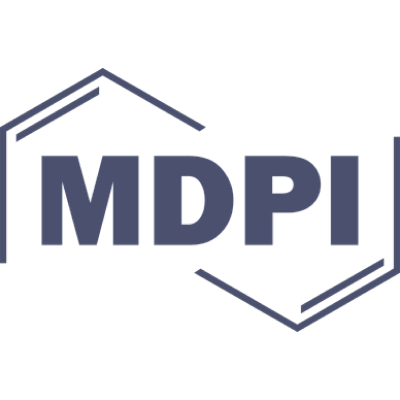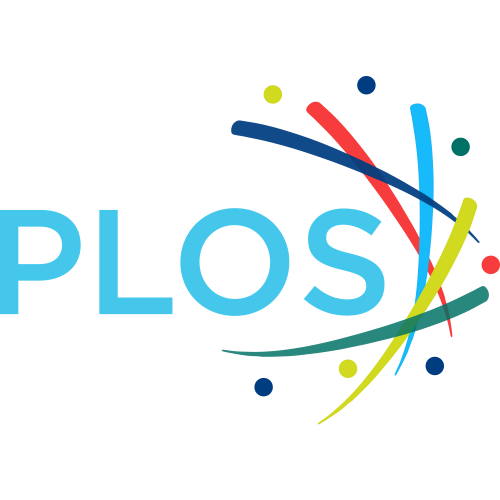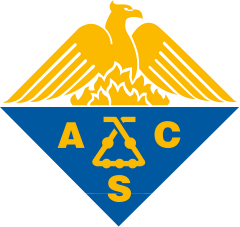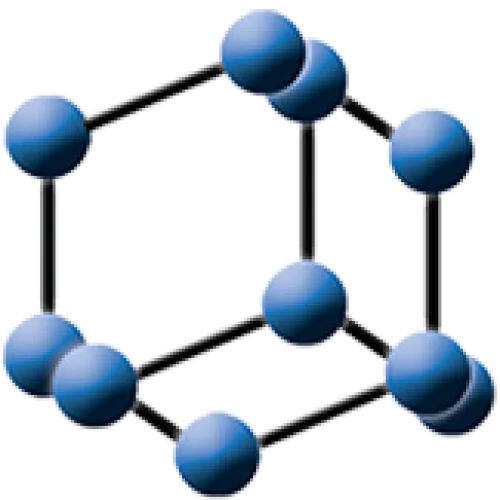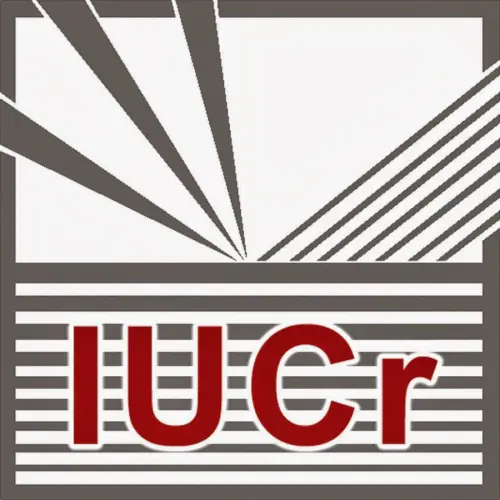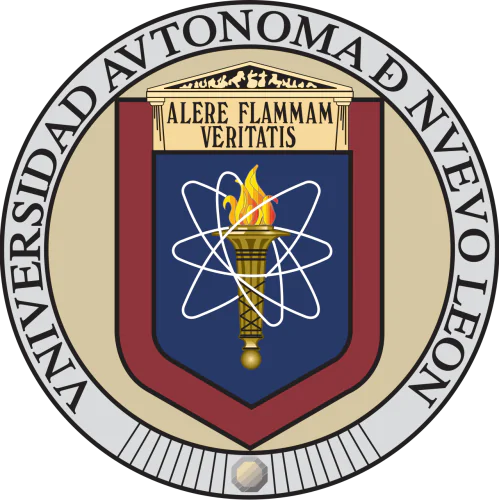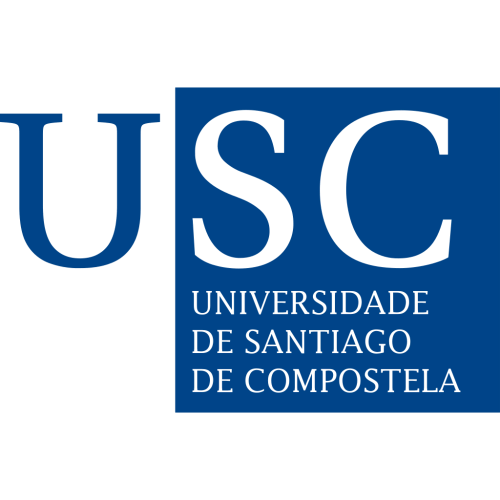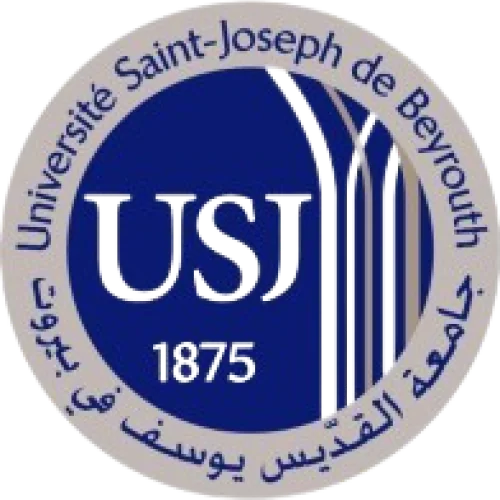Universidad Autónoma del Estado de Hidalgo
Are you a researcher?
Create a profile to get free access to personal recommendations for colleagues and new articles.

Publications
4 255
Citations
60 876
h-index
86
Top-3 journals

Minerals, Metals and Materials Series
(61 publications)
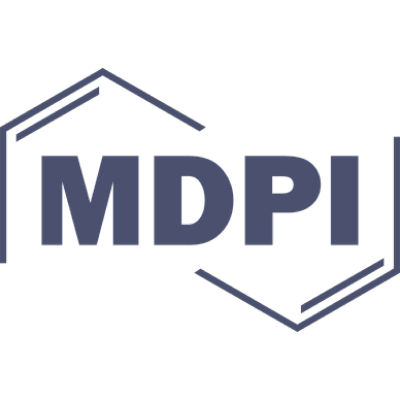
Molecules
(55 publications)

Applied Sciences (Switzerland)
(54 publications)
Top-3 organizations

Universidad Nacional Autónoma de México
(654 publications)

Instituto Politécnico Nacional
(575 publications)
Top-3 foreign organizations
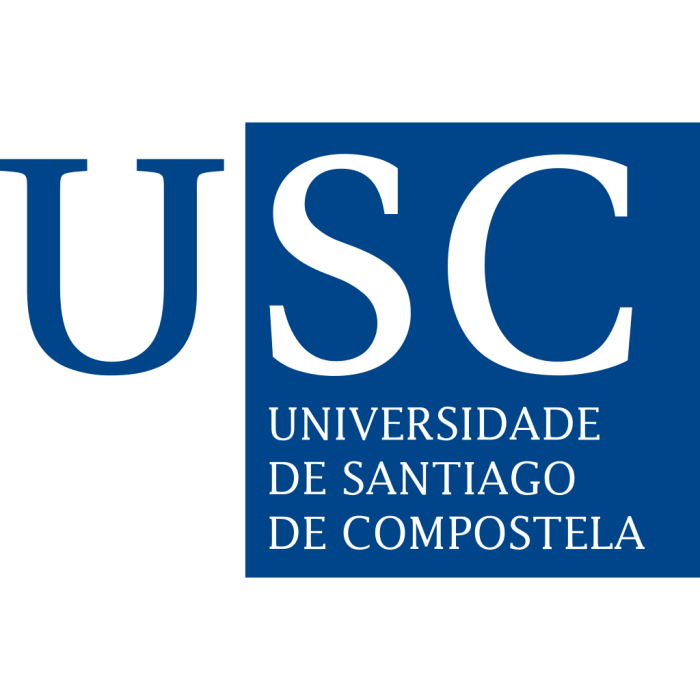
University of Santiago de Compostela
(59 publications)

Saint Joseph University
(45 publications)

Universidade Federal de Pelotas
(40 publications)
Top-1 researchers by h-index
Most cited in 5 years
Found
Nothing found, try to update filter.
Found
Nothing found, try to update filter.
Since 1998
Total publications
4255
Total citations
60876
Citations per publication
14.31
Average publications per year
146.72
Average authors per publication
6.71
h-index
86
Metrics description
h-index
A scientist has an h-index if h of his N publications are cited at least h times each, while the remaining (N - h) publications are cited no more than h times each.
Top-30
Fields of science
|
50
100
150
200
250
300
350
|
|
|
General Medicine
|
General Medicine, 345, 8.11%
General Medicine
345 publications, 8.11%
|
|
Food Science
|
Food Science, 345, 8.11%
Food Science
345 publications, 8.11%
|
|
General Chemistry
|
General Chemistry, 297, 6.98%
General Chemistry
297 publications, 6.98%
|
|
Physical and Theoretical Chemistry
|
Physical and Theoretical Chemistry, 277, 6.51%
Physical and Theoretical Chemistry
277 publications, 6.51%
|
|
Ecology, Evolution, Behavior and Systematics
|
Ecology, Evolution, Behavior and Systematics, 258, 6.06%
Ecology, Evolution, Behavior and Systematics
258 publications, 6.06%
|
|
Materials Chemistry
|
Materials Chemistry, 253, 5.95%
Materials Chemistry
253 publications, 5.95%
|
|
Condensed Matter Physics
|
Condensed Matter Physics, 253, 5.95%
Condensed Matter Physics
253 publications, 5.95%
|
|
Organic Chemistry
|
Organic Chemistry, 250, 5.88%
Organic Chemistry
250 publications, 5.88%
|
|
General Materials Science
|
General Materials Science, 243, 5.71%
General Materials Science
243 publications, 5.71%
|
|
Inorganic Chemistry
|
Inorganic Chemistry, 203, 4.77%
Inorganic Chemistry
203 publications, 4.77%
|
|
Biochemistry
|
Biochemistry, 191, 4.49%
Biochemistry
191 publications, 4.49%
|
|
Analytical Chemistry
|
Analytical Chemistry, 178, 4.18%
Analytical Chemistry
178 publications, 4.18%
|
|
General Chemical Engineering
|
General Chemical Engineering, 175, 4.11%
General Chemical Engineering
175 publications, 4.11%
|
|
Plant Science
|
Plant Science, 143, 3.36%
Plant Science
143 publications, 3.36%
|
|
Animal Science and Zoology
|
Animal Science and Zoology, 143, 3.36%
Animal Science and Zoology
143 publications, 3.36%
|
|
Ecology
|
Ecology, 139, 3.27%
Ecology
139 publications, 3.27%
|
|
Computer Science Applications
|
Computer Science Applications, 125, 2.94%
Computer Science Applications
125 publications, 2.94%
|
|
Electronic, Optical and Magnetic Materials
|
Electronic, Optical and Magnetic Materials, 124, 2.91%
Electronic, Optical and Magnetic Materials
124 publications, 2.91%
|
|
Drug Discovery
|
Drug Discovery, 120, 2.82%
Drug Discovery
120 publications, 2.82%
|
|
Mechanical Engineering
|
Mechanical Engineering, 117, 2.75%
Mechanical Engineering
117 publications, 2.75%
|
|
Industrial and Manufacturing Engineering
|
Industrial and Manufacturing Engineering, 116, 2.73%
Industrial and Manufacturing Engineering
116 publications, 2.73%
|
|
Mechanics of Materials
|
Mechanics of Materials, 112, 2.63%
Mechanics of Materials
112 publications, 2.63%
|
|
Microbiology
|
Microbiology, 109, 2.56%
Microbiology
109 publications, 2.56%
|
|
Metals and Alloys
|
Metals and Alloys, 106, 2.49%
Metals and Alloys
106 publications, 2.49%
|
|
Electrical and Electronic Engineering
|
Electrical and Electronic Engineering, 104, 2.44%
Electrical and Electronic Engineering
104 publications, 2.44%
|
|
General Engineering
|
General Engineering, 99, 2.33%
General Engineering
99 publications, 2.33%
|
|
Molecular Biology
|
Molecular Biology, 92, 2.16%
Molecular Biology
92 publications, 2.16%
|
|
Instrumentation
|
Instrumentation, 91, 2.14%
Instrumentation
91 publications, 2.14%
|
|
Catalysis
|
Catalysis, 90, 2.12%
Catalysis
90 publications, 2.12%
|
|
Surfaces, Coatings and Films
|
Surfaces, Coatings and Films, 89, 2.09%
Surfaces, Coatings and Films
89 publications, 2.09%
|
|
50
100
150
200
250
300
350
|
Journals
|
10
20
30
40
50
60
70
|
|
|
Minerals, Metals and Materials Series
61 publications, 1.43%
|
|
|
Molecules
55 publications, 1.29%
|
|
|
Applied Sciences (Switzerland)
54 publications, 1.27%
|
|
|
Foods
40 publications, 0.94%
|
|
|
Metals
36 publications, 0.85%
|
|
|
International Journal of Molecular Sciences
35 publications, 0.82%
|
|
|
CYTA - Journal of Food
34 publications, 0.8%
|
|
|
Polyhedron
32 publications, 0.75%
|
|
|
Microscopy and Microanalysis
30 publications, 0.71%
|
|
|
Materials
30 publications, 0.71%
|
|
|
Lecture Notes in Computer Science
28 publications, 0.66%
|
|
|
Journal of Materials Science: Materials in Electronics
28 publications, 0.66%
|
|
|
Scientific Reports
25 publications, 0.59%
|
|
|
ECS Transactions
24 publications, 0.56%
|
|
|
Sustainability
22 publications, 0.52%
|
|
|
International Journal of Environmental Research and Public Health
21 publications, 0.49%
|
|
|
Physical Review D
21 publications, 0.49%
|
|
|
Advanced Materials Research
21 publications, 0.49%
|
|
|
Zootaxa
20 publications, 0.47%
|
|
|
Ceramics International
20 publications, 0.47%
|
|
|
Journal of Applied Polymer Science
19 publications, 0.45%
|
|
|
Animals
19 publications, 0.45%
|
|
|
Journal of Molecular Structure
19 publications, 0.45%
|
|
|
Polymers
19 publications, 0.45%
|
|
|
Journal of Food Protection
19 publications, 0.45%
|
|
|
Journal of Alloys and Compounds
18 publications, 0.42%
|
|
|
Plants
18 publications, 0.42%
|
|
|
PLoS ONE
18 publications, 0.42%
|
|
|
ECS Meeting Abstracts
18 publications, 0.42%
|
|
|
Journal of Food Processing and Preservation
17 publications, 0.4%
|
|
|
10
20
30
40
50
60
70
|
Publishers
|
100
200
300
400
500
600
700
800
900
1000
|
|
|
Elsevier
977 publications, 22.96%
|
|
|
Springer Nature
755 publications, 17.74%
|
|
|
MDPI
716 publications, 16.83%
|
|
|
Wiley
367 publications, 8.63%
|
|
|
Taylor & Francis
201 publications, 4.72%
|
|
|
Oxford University Press
70 publications, 1.65%
|
|
|
American Chemical Society (ACS)
69 publications, 1.62%
|
|
|
Hindawi Limited
65 publications, 1.53%
|
|
|
Royal Society of Chemistry (RSC)
54 publications, 1.27%
|
|
|
The Electrochemical Society
53 publications, 1.25%
|
|
|
IOP Publishing
51 publications, 1.2%
|
|
|
SAGE
48 publications, 1.13%
|
|
|
Frontiers Media S.A.
45 publications, 1.06%
|
|
|
American Physical Society (APS)
37 publications, 0.87%
|
|
|
SciELO
37 publications, 0.87%
|
|
|
Trans Tech Publications
36 publications, 0.85%
|
|
|
World Scientific
29 publications, 0.68%
|
|
|
Walter de Gruyter
27 publications, 0.63%
|
|
|
Magnolia Press
23 publications, 0.54%
|
|
|
IGI Global
23 publications, 0.54%
|
|
|
Public Library of Science (PLoS)
20 publications, 0.47%
|
|
|
Cambridge University Press
18 publications, 0.42%
|
|
|
Bentham Science Publishers Ltd.
18 publications, 0.42%
|
|
|
PeerJ
18 publications, 0.42%
|
|
|
International Association for Food Protection
18 publications, 0.42%
|
|
|
Institute of Electrical and Electronics Engineers (IEEE)
18 publications, 0.42%
|
|
|
International Union of Crystallography (IUCr)
15 publications, 0.35%
|
|
|
Pensoft Publishers
15 publications, 0.35%
|
|
|
Canadian Science Publishing
15 publications, 0.35%
|
|
|
American Astronomical Society
15 publications, 0.35%
|
|
|
100
200
300
400
500
600
700
800
900
1000
|
With other organizations
|
100
200
300
400
500
600
700
|
|
|
Universidad Nacional Autónoma de México
654 publications, 15.37%
|
|
|
Instituto Politécnico Nacional
575 publications, 13.51%
|
|
|
Centro de Investigación y de Estudios Avanzados del Instituto Politécnico Nacional
447 publications, 10.51%
|
|
|
Universidad Autónoma Metropolitana
256 publications, 6.02%
|
|
|
Universidad Autónoma de San Luis Potosí
187 publications, 4.39%
|
|
|
Benemérita Universidad Autónoma de Puebla
169 publications, 3.97%
|
|
|
Universidad de Guadalajara
109 publications, 2.56%
|
|
|
Universidad Michoacana de San Nicolás de Hidalgo
105 publications, 2.47%
|
|
|
Tecnológico de Monterrey
98 publications, 2.3%
|
|
|
Universidad Autónoma del Estado de México
92 publications, 2.16%
|
|
|
Universidad de Guanajuato
85 publications, 2%
|
|
|
Universidad Veracruzana
81 publications, 1.9%
|
|
|
Instituto Mexicano del Seguro Social
72 publications, 1.69%
|
|
|
Universidad Autónoma de Querétaro
62 publications, 1.46%
|
|
|
Universidad Autónoma de Nuevo León
61 publications, 1.43%
|
|
|
University of Santiago de Compostela
59 publications, 1.39%
|
|
|
Universidad Autónoma del Estado de Morelos
59 publications, 1.39%
|
|
|
Instituto de Ecología
57 publications, 1.34%
|
|
|
Universidad Autónoma de Guerrero
49 publications, 1.15%
|
|
|
Centro de Investigación en Matemáticas
49 publications, 1.15%
|
|
|
Saint Joseph University
45 publications, 1.06%
|
|
|
Universidad Autónoma de Chiapas
42 publications, 0.99%
|
|
|
Colegio de Postgraduados
41 publications, 0.96%
|
|
|
Universidade Federal de Pelotas
40 publications, 0.94%
|
|
|
Universidad Autónoma de Campeche
38 publications, 0.89%
|
|
|
Instituto Nacional de Cardiología Ignacio Chávez
38 publications, 0.89%
|
|
|
University of Valladolid
37 publications, 0.87%
|
|
|
French Institute of Health and Medical Research
37 publications, 0.87%
|
|
|
Instituto Nacional de Astrofísica, Óptica y Electrónica
37 publications, 0.87%
|
|
|
Instituto Nacional de Investigaciones Nucleares
37 publications, 0.87%
|
|
|
100
200
300
400
500
600
700
|
With foreign organizations
|
10
20
30
40
50
60
|
|
|
University of Santiago de Compostela
59 publications, 1.39%
|
|
|
Saint Joseph University
45 publications, 1.06%
|
|
|
Universidade Federal de Pelotas
40 publications, 0.94%
|
|
|
University of Valladolid
37 publications, 0.87%
|
|
|
French Institute of Health and Medical Research
37 publications, 0.87%
|
|
|
Universidad de Sevilla
36 publications, 0.85%
|
|
|
University of Strasbourg
34 publications, 0.8%
|
|
|
Universidad Arturo Prat
33 publications, 0.78%
|
|
|
Medical University of Lodz
32 publications, 0.75%
|
|
|
Indiana University–Purdue University Indianapolis
30 publications, 0.71%
|
|
|
Universidad de Antofagasta
29 publications, 0.68%
|
|
|
University of Barcelona
28 publications, 0.66%
|
|
|
University of Maryland, College Park
27 publications, 0.63%
|
|
|
University of New Mexico
27 publications, 0.63%
|
|
|
Los Alamos National Laboratory
26 publications, 0.61%
|
|
|
University of Wisconsin–Madison
26 publications, 0.61%
|
|
|
University of Vigo
26 publications, 0.61%
|
|
|
Michigan State University
25 publications, 0.59%
|
|
|
Michigan Technological University
25 publications, 0.59%
|
|
|
Instituto de Investigaciones Químicas
25 publications, 0.59%
|
|
|
Pennsylvania State University
24 publications, 0.56%
|
|
|
Institute of Nuclear Physics of the Polish Academy of Sciences
24 publications, 0.56%
|
|
|
Universidad Católica del Norte
24 publications, 0.56%
|
|
|
University of Utah
23 publications, 0.54%
|
|
|
Stanford University
21 publications, 0.49%
|
|
|
Max Planck Institute for Nuclear Physics
20 publications, 0.47%
|
|
|
Universidad Complutense de Madrid
20 publications, 0.47%
|
|
|
University of São Paulo
19 publications, 0.45%
|
|
|
Indiana University Bloomington
18 publications, 0.42%
|
|
|
Shanghai Jiao Tong University
14 publications, 0.33%
|
|
|
10
20
30
40
50
60
|
With other countries
|
50
100
150
200
250
300
350
|
|
|
Spain
|
Spain, 337, 7.92%
Spain
337 publications, 7.92%
|
|
USA
|
USA, 332, 7.8%
USA
332 publications, 7.8%
|
|
France
|
France, 114, 2.68%
France
114 publications, 2.68%
|
|
Italy
|
Italy, 104, 2.44%
Italy
104 publications, 2.44%
|
|
Brazil
|
Brazil, 103, 2.42%
Brazil
103 publications, 2.42%
|
|
United Kingdom
|
United Kingdom, 80, 1.88%
United Kingdom
80 publications, 1.88%
|
|
Chile
|
Chile, 74, 1.74%
Chile
74 publications, 1.74%
|
|
Poland
|
Poland, 65, 1.53%
Poland
65 publications, 1.53%
|
|
Argentina
|
Argentina, 55, 1.29%
Argentina
55 publications, 1.29%
|
|
Germany
|
Germany, 53, 1.25%
Germany
53 publications, 1.25%
|
|
Lebanon
|
Lebanon, 49, 1.15%
Lebanon
49 publications, 1.15%
|
|
Portugal
|
Portugal, 40, 0.94%
Portugal
40 publications, 0.94%
|
|
India
|
India, 35, 0.82%
India
35 publications, 0.82%
|
|
Colombia
|
Colombia, 35, 0.82%
Colombia
35 publications, 0.82%
|
|
Japan
|
Japan, 30, 0.71%
Japan
30 publications, 0.71%
|
|
Canada
|
Canada, 28, 0.66%
Canada
28 publications, 0.66%
|
|
China
|
China, 22, 0.52%
China
22 publications, 0.52%
|
|
Venezuela
|
Venezuela, 21, 0.49%
Venezuela
21 publications, 0.49%
|
|
Ecuador
|
Ecuador, 20, 0.47%
Ecuador
20 publications, 0.47%
|
|
Republic of Korea
|
Republic of Korea, 19, 0.45%
Republic of Korea
19 publications, 0.45%
|
|
Australia
|
Australia, 16, 0.38%
Australia
16 publications, 0.38%
|
|
Egypt
|
Egypt, 16, 0.38%
Egypt
16 publications, 0.38%
|
|
Switzerland
|
Switzerland, 16, 0.38%
Switzerland
16 publications, 0.38%
|
|
Denmark
|
Denmark, 15, 0.35%
Denmark
15 publications, 0.35%
|
|
Algeria
|
Algeria, 14, 0.33%
Algeria
14 publications, 0.33%
|
|
Belgium
|
Belgium, 13, 0.31%
Belgium
13 publications, 0.31%
|
|
Peru
|
Peru, 13, 0.31%
Peru
13 publications, 0.31%
|
|
Cuba
|
Cuba, 12, 0.28%
Cuba
12 publications, 0.28%
|
|
Netherlands
|
Netherlands, 12, 0.28%
Netherlands
12 publications, 0.28%
|
|
50
100
150
200
250
300
350
|
- We do not take into account publications without a DOI.
- Statistics recalculated daily.
- Publications published earlier than 1998 are ignored in the statistics.
- The horizontal charts show the 30 top positions.
- Journals quartiles values are relevant at the moment.





